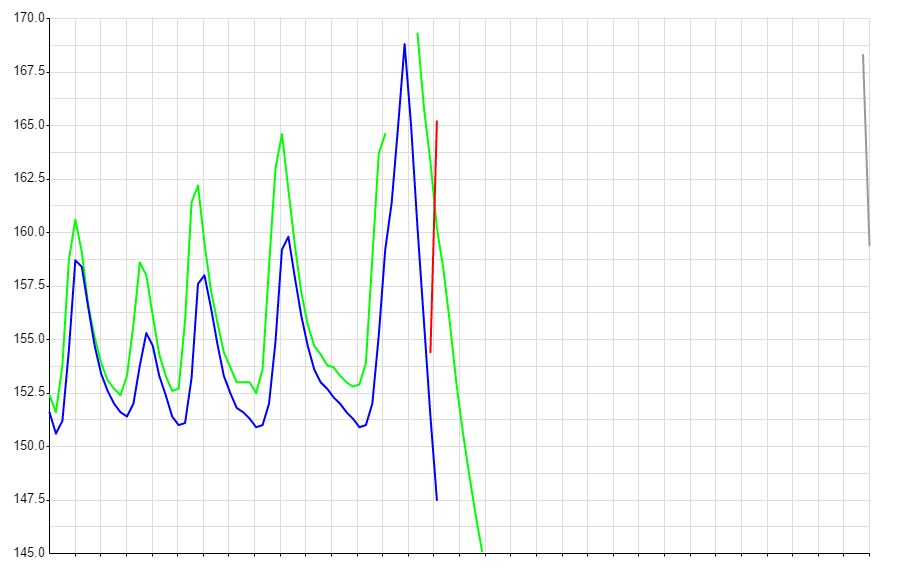poptarts
Well-Known Member
Great job! Pretty sure I would have lost motivation to brew right about the time I saw 9 degrees and realized the pumps were frozen.
I wouldn't be able to brew half the year if that was the case haha. nothing some snowboarding gear and fire cant fix.
















































![Craft A Brew - Safale S-04 Dry Yeast - Fermentis - English Ale Dry Yeast - For English and American Ales and Hard Apple Ciders - Ingredients for Home Brewing - Beer Making Supplies - [1 Pack]](https://m.media-amazon.com/images/I/41fVGNh6JfL._SL500_.jpg)









